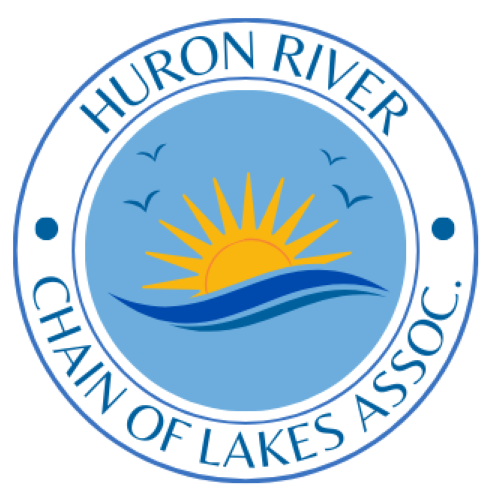Seawalls
The loss of natural shorelines and riverbanks is now considered to be the number one threat to water quality of Michigan’s inland lakes. Natural shorelines and riverbanks protect the lakes and rivers from stormwater pollution, prevent soil erosion, and provide essential habitat for fish and wildlife.
Shorelines naturally change in response to wind driven waves and river currents. Shorelines change more rapidly when deep-rooted native vegetation is replaced by shallow-rooted lawn grass and when large wakes hit the shore from power boats operating too close to the shore.
Given the small size of many of our lots and how close our houses are to the lake shore, many property owners want to keep their shorelines where they are by stopping erosion that starts when natural shoreline native plants are removed. The most common response is to install a seawall. Seawalls replace a crucial nursery for the lakes’ fisheries with a virtual desert.
We may think that the clean look of grass to a sea wall is a clean solution, but it isn’t. Sea walls contribute to algal blooms by upsetting the balance of natural life in the lake. They help with the establishment of invasives by uprooting native water plants. The backwash of waves bouncing off of sea walls scours the bottom the lake killing fish nurseries.
Don’t despair, there are options to control erosion while also naturalizing your shoreline for better water quality.
Softened Seawall and A fresh look at shoreline protection: New resources and solutions for strong, natural erosion control on Michigan’s inland lakes

